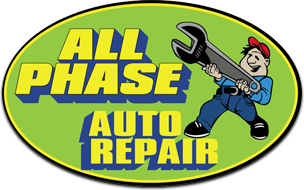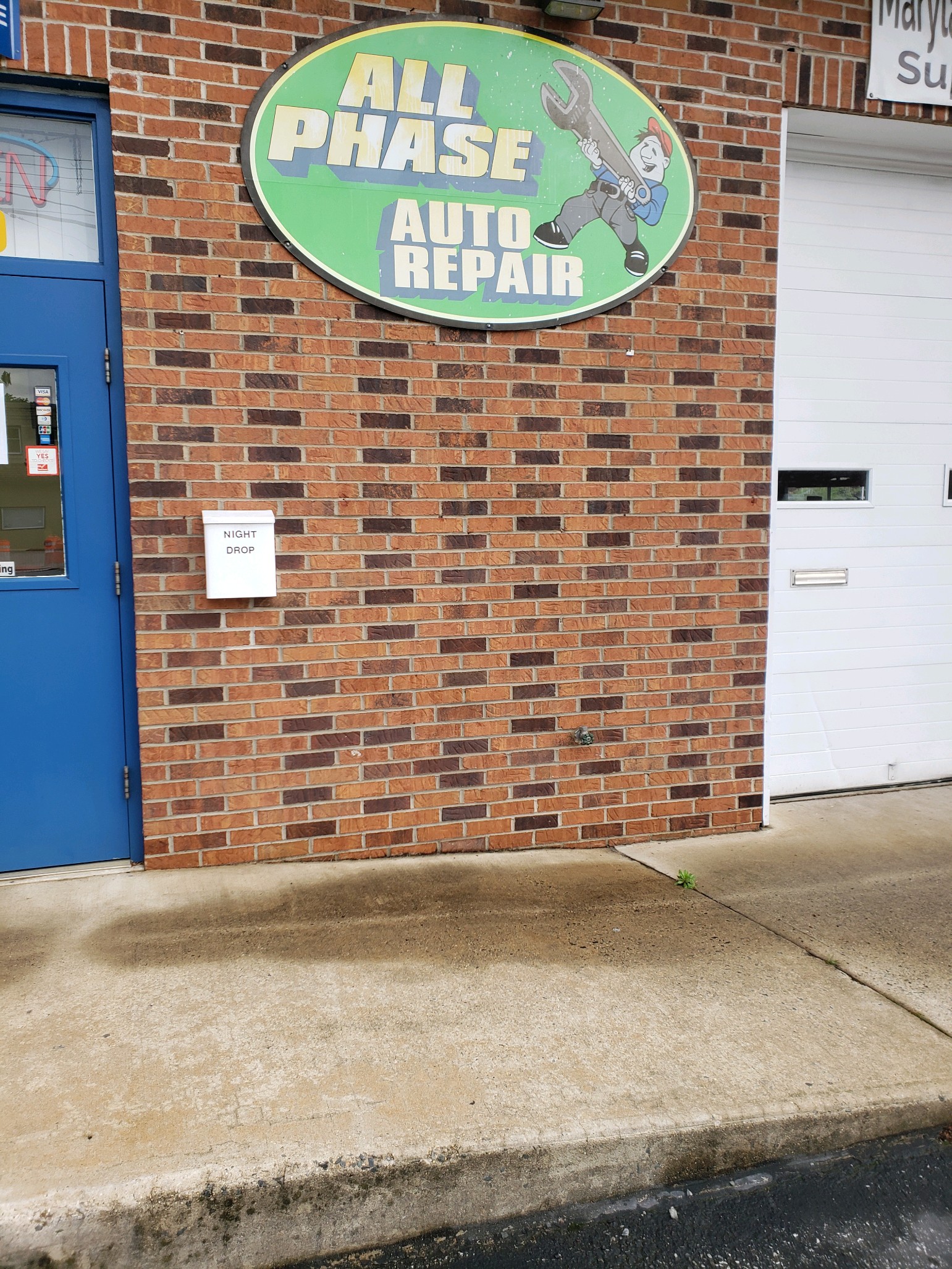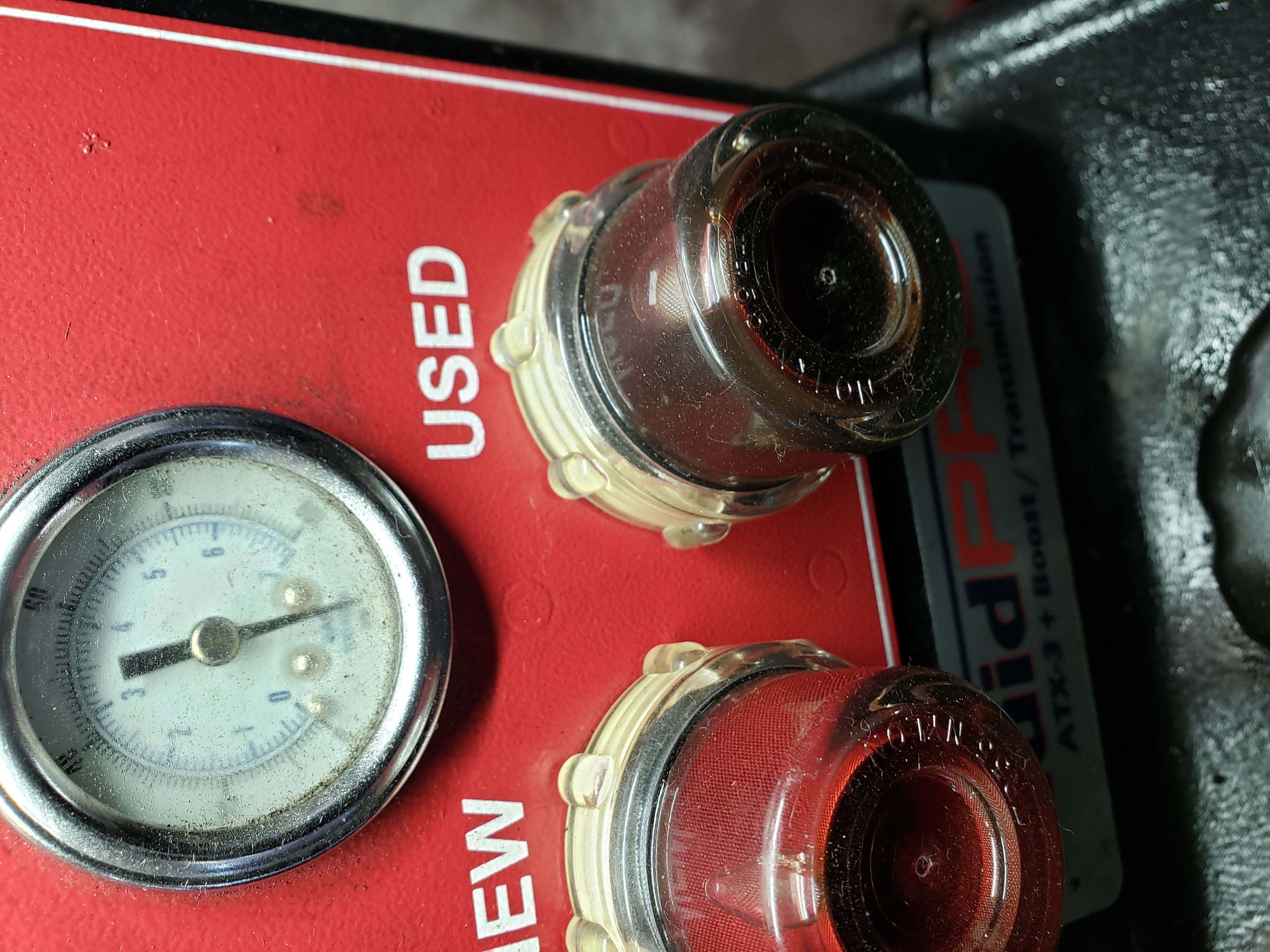Why is my car stuck in Park?
Car does not shift from park to drive
You start the car up, put your foot the brake, push the button on the shifter and it won’t shift out of park. What do you do now? Don’t force the shifter. Forcing the shifter out of park may cause more damage. The shifter is connected to the transmission in some cars mechanically or electronically. If an electrical or mechanical component has failed between the shifter and transmission, you won’t be able to shift the car out of park. All Phase Auto Repair will diagnose the problem with your vehicle. The mechanic will then provide an inspection report detailing the scope and cost of the necessary repairs
When to have your shifter inspected or replaced:
Have this system inspected only when a part in the shifter or part of the system that operates the transmission breaks. There is no scheduled time frame for replacing parts in the shifting system. However, all parts can wear out and have the potential to fail, and in a perfect situation, all the parts in the shifting system would last the life of the vehicle.
Symptoms that may indicate your shifter will fail include:
- Shifter can be moved but has a lot of resistance
- When shifting into a gear, drive or reverse, it feels difficult to find the right spot. The transmission ends up in neutral instead. You may notice that the engine will accelerate when stepping on the gas pedal but the car doesn’t move.
- When starting the car with the key, the ignition cylinder feels loose and has play.
- No brake lights in the vehicle, brake pedal switch could be faulty.
- Shifter feels completely loose — like it’s not connected to the transmission at all.
How a mechanic will inspect a car that won’t shift from park:
There are a number of reasons why a car will not move from park to drive. They can range from the shifter being locked to a broken shifter cable. Mechanics will check for these things:
- Failed brake light switch
- Bad shift interlock solenoid or wiring: The shift interlock solenoid is a safety feature that has been added to all modern automatic-transmission cars. It prevents the driver from shifting out of park without a foot on the brake.
- Broken transmission shift cable: A cable connects the shifter handle to the transmission, and if that is broken, the shifter will be inoperable
- Ignition key tumbler is worn out: The ignition switch not only starts your car, but it also locks the steering wheel when the key is taken out. In cars with automatic transmissions, a shift interlock solenoid is also part of the ignition system, and it locks the transmission so it cannot be shifted out of park (as described above).
- Broken shifter mechanism: It is also possible that the shifter itself is broken. A mechanic will remove the center console to examine the actual shifter mechanism.
Is it safe to drive with this problem?
Since you can’t move the car without shifting from park to drive, it’s important to enlist the help from All Phase Auto Repair to repair the issue.
Posted in: Uncategorized
Leave a Comment (0) →








